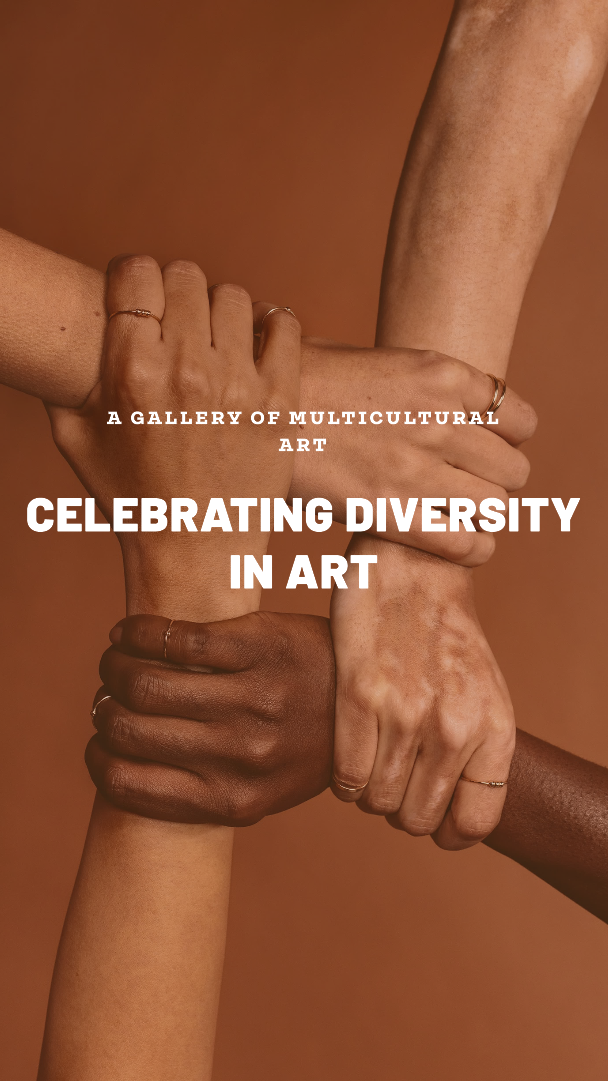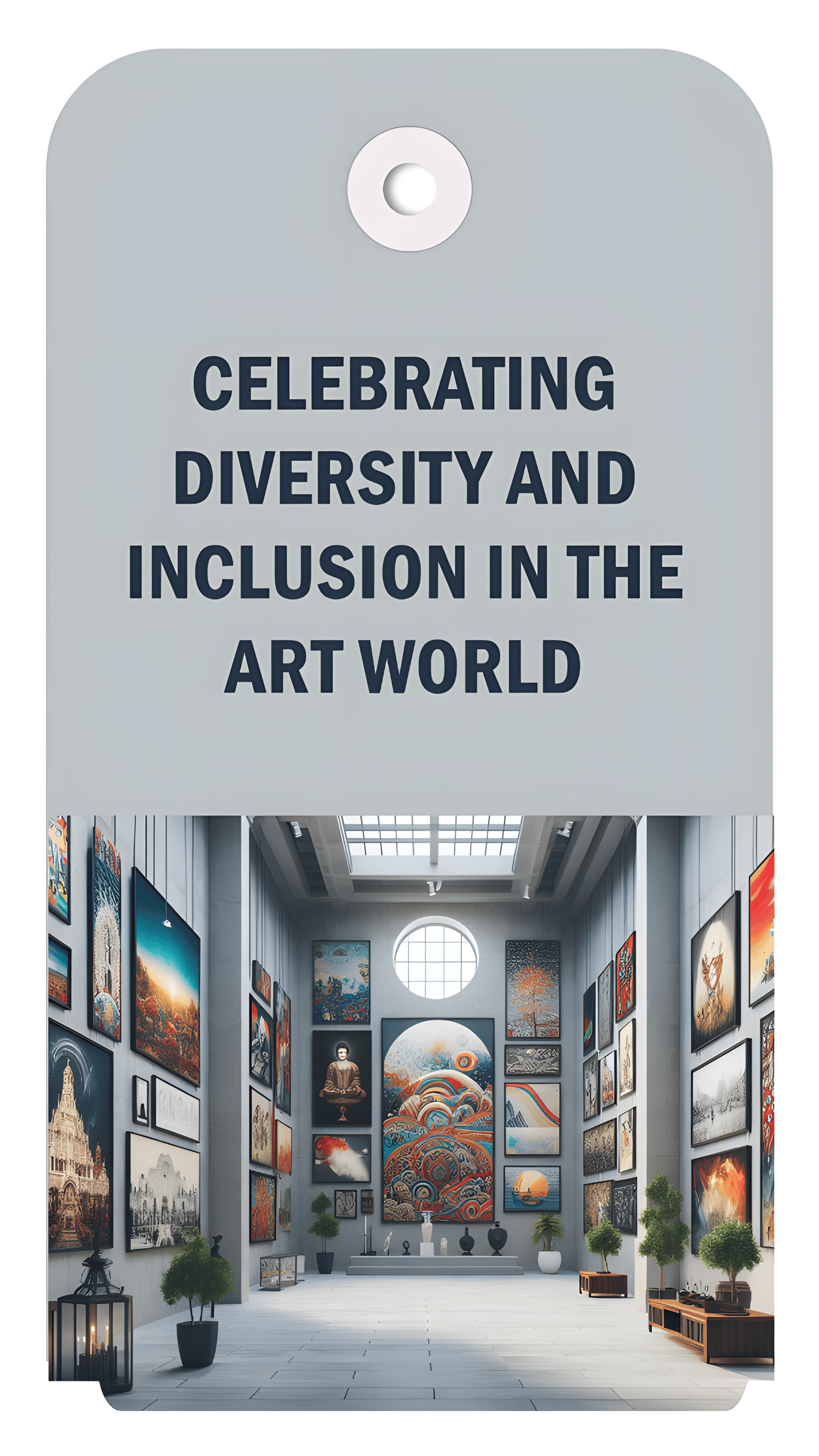Hey there, fellow art enthusiasts! Imagine you're strolling through the grand halls of a museum or the intimate galleries of a local art exhibition. You're surrounded by breathtaking masterpieces, each telling a unique story and offering a glimpse into the soul of the artist. But as you wander, you begin to notice something missing – diversity. The faces and narratives depicted reflect only a fraction of the rich tapestry of human experience. That's where the conversation about diversity and inclusion in the art world comes into play, and it's a conversation worth having.
In a world as diverse as ours, it's essential that our cultural institutions – museums and galleries – reflect the kaleidoscope of voices and perspectives that make up our society. But why should they embrace diversity and inclusion? Well, grab your favorite beverage and settle in as we outline the issues and the groups affected in this blog.
First off, let's talk about representation. Imagine being a young artist from a marginalized community, scrolling through the halls of a museum or flipping through an art magazine, and seeing no one who looks like you or tells stories similar to yours. It can be disheartening, to say the least. By embracing diversity and inclusion, museums and galleries have the power to amplify the voices of under-represented artists and provide them with a platform to share their stories with the world.
But it's not just about giving marginalized artists a seat at the table – it's also about enriching the artistic landscape as a whole. Think about it: the more diverse the pool of artists, the more varied and dynamic the art we get to experience. Different backgrounds, cultures, and perspectives bring fresh ideas and innovation to the forefront, pushing the boundaries of creativity and challenging our preconceived notions of what art can be.
Now, let's address the elephant in the room – the uncomfortable truth that the art world hasn't always been the most welcoming or inclusive space. Historically, museums and galleries have been dominated by white, male voices, leaving little room for artists of color, women, and other marginalized groups to shine. But times are changing my friends, and it is high time for the art world to catch up.
By actively seeking out and showcasing the work of diverse artists, museums and galleries can help break down barriers and foster a more inclusive environment for everyone. It sends a powerful message that art is for everyone – regardless of race, gender, or background – and that everyone's story deserves to be told and celebrated.
But diversity and inclusion aren't just buzzwords – they're essential components of a thriving and vibrant art community. When museums and galleries embrace diversity, they attract a wider audience, opening their doors to people who may have felt excluded or marginalized in the past. This not only benefits the institutions themselves but also enriches the cultural landscape of the communities they serve.
Now, you might be thinking, "But how do we attain this diversity in the art world?" That's a good question. It starts with a commitment – a commitment to actively seek out and support artists from diverse backgrounds, to showcase their work prominently, and to engage with audiences in meaningful conversations about representation and equity.

Museums and galleries can also take concrete steps to diversify their staff and leadership, ensuring that the people behind the scenes reflect the communities they serve. This not only brings fresh perspectives to the table but also helps to break down institutional biases and create a more welcoming environment for artists and visitors alike.
Additionally, educational initiatives and outreach programs can play a crucial role in promoting diversity and inclusion in the art world. By providing resources and opportunities for aspiring artists from marginalized communities, museums, and galleries can help level the playing field and pave the way for a more equitable future.
But perhaps most importantly, promoting diversity and inclusion in the art world requires a willingness to listen and learn. It means acknowledging the biases that exist within the industry and actively working to dismantle them. It means being open to uncomfortable conversations and challenging the status quo. Above all, it means recognizing that diversity isn't just a box to be checked – it's the very heart and soul of the art world.
So, my fellow art lovers, let's raise our paintbrushes and toast to a future where museums and galleries embrace diversity and inclusion with open doors. Because when we celebrate the full spectrum of human experiences, we all stand to benefit. Here's to a world where every voice is heard, every story is valued, and every artist has a seat at the table. Cheers!


